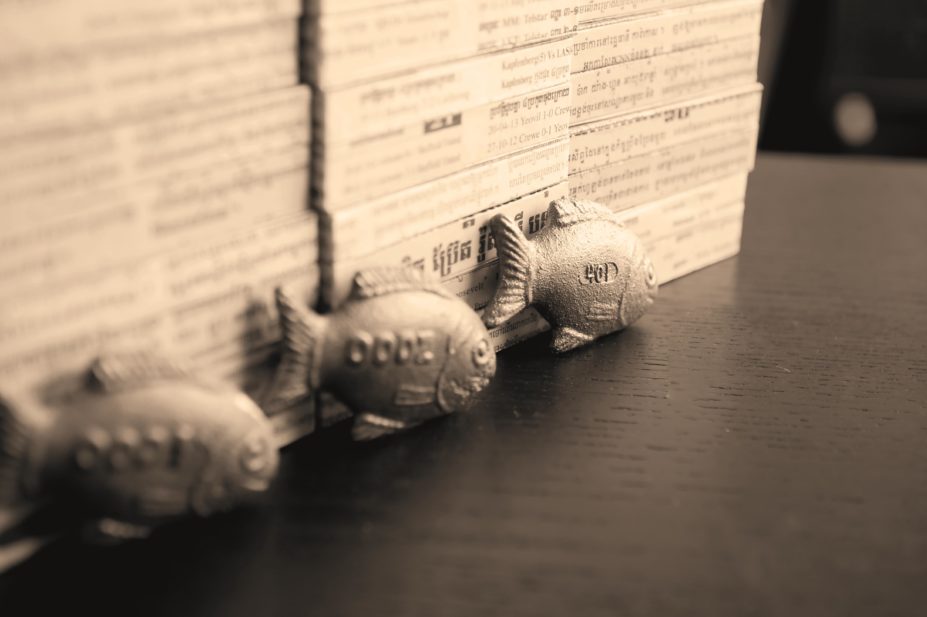
Summerlee Photography / The Lucky Iron Fish company
A brilliantly simple product is helping to tackle widespread anaemia in Cambodia.
Anaemia is the most common nutritional problem in the world, mainly affecting women of childbearing age, teenagers and young children. In developing countries such as Cambodia, almost half of women and children suffer from anaemia, mainly due to a lack of iron in their diet. And iron supplements have proved ineffective at tackling the problem because they are neither affordable nor widely available, and side effects discourage compliance.
Canadian scientist Christopher Charles came up with a novel solution to this public health issue six years ago. Previous research had shown that cooking in iron pots increased the iron content of food, so Charles tried putting a lump of iron into Cambodians’ cooking pots.
His invention, shaped like a fish — a lucky symbol in Cambodian culture — releases iron in sufficient amounts so that it provides 75% of an adult’s daily recommended intake when used every day. Simply put the fish in the pot being used to boil up water or soup for at least ten minutes. Take the fish out and add a little lemon or other citrus juice for vitamin C to help iron absorption.
A test on several hundred Cambodian villagers using the fish showed that nearly half were no longer anaemic after 12 months. Around 2,500 families are now using the iron fish.
Imelda Bates, head of the international public health department at the Liverpool School of Tropical Medicine, said: “These sort of approaches are so much better than iron tablets, which are really horrible. If it’s something that is culturally acceptable and not too costly, then any improvement to anaemia levels would be of great benefit.”
The Lucky Iron Fish company has distributed nearly 9,000 fish to hospitals and non-governmental organisations in Cambodia. Its product was named “One of five innovations that will change the world” by Maclean’s magazine. Individuals can pay for iron fish to be given out in Cambodia via its website.
Over 30% of the world’s population is anaemic, mostly due to iron deficiency, according to the World Health Organisation. Anaemia is thought to contribute to 20% of all deaths during pregnancy. Timely treatment can raise national productivity levels by up to 20%, it has said.


